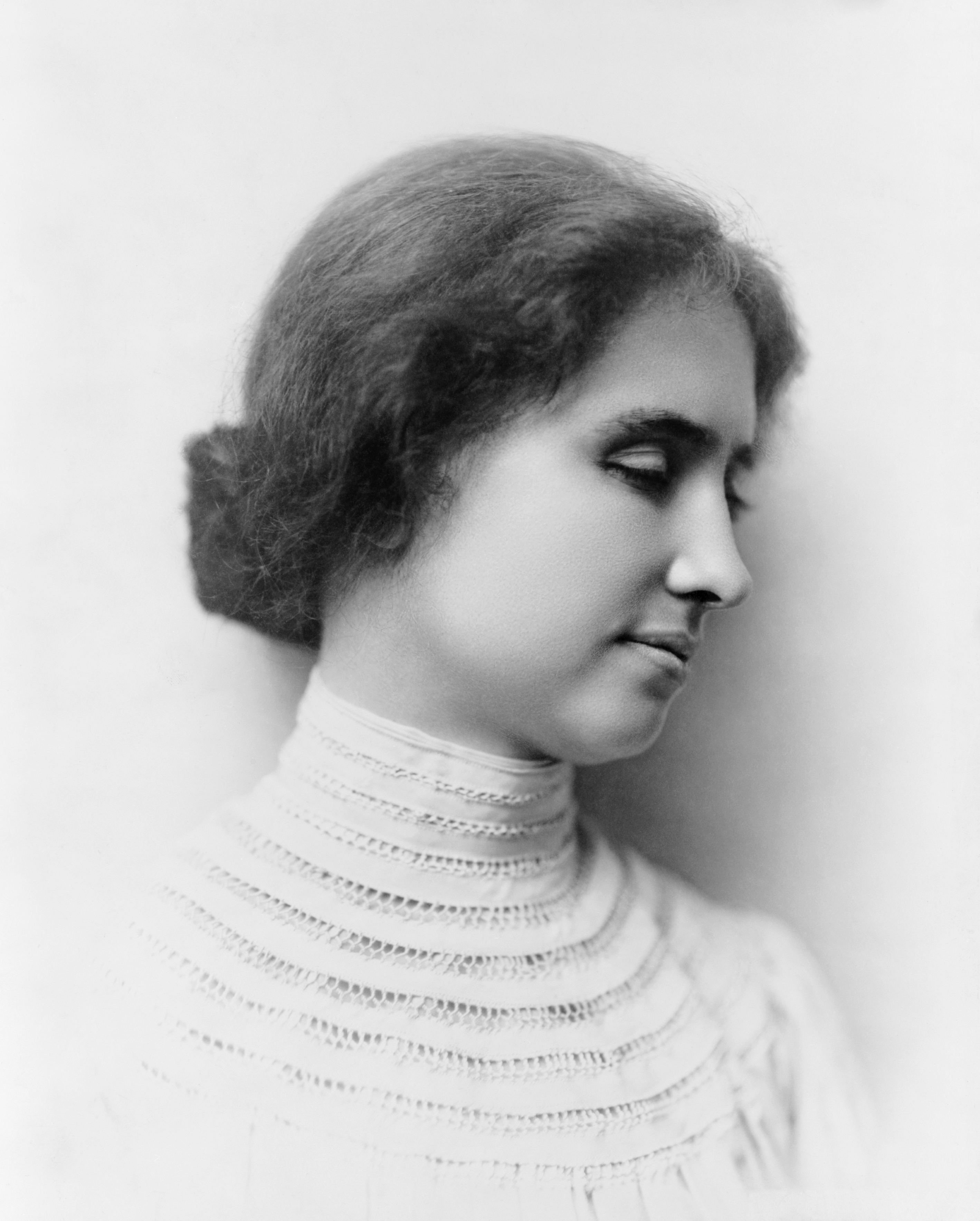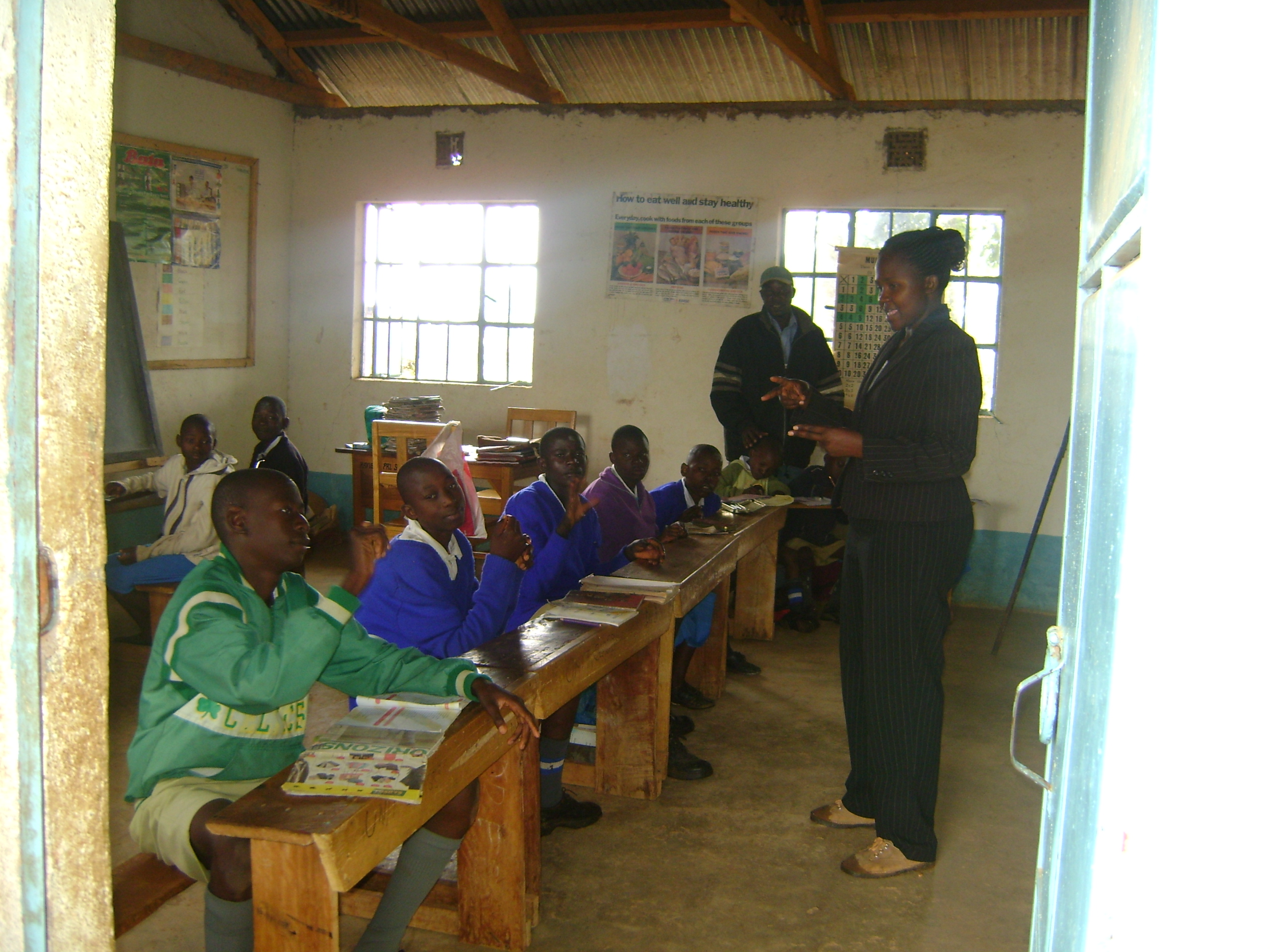|
Lorm Alphabet
The Lorm alphabet is a method of tactile signing named after Hieronymus Lorm, who developed it in the late 19th century. Letters are spelled by tapping or stroking different parts of the listener's hand. The Lorm alphabet is mostly used in German-speaking countries, the Netherlands, Czech Republic, Poland and Georgia. Alphabet File:Alphabet de Lorm allemand.svg, Lorm alphabet for German File:Alphabet de Lorm tchèque.svg, Lorm alphabet for Czech File:Lorm Alphabet for English.svg, Lorm alphabet for English File:Lorm.jpg, Lorm alphabet for Polish File:Lorm Alphabet for Georgian Language ლორმის ანბანი.jpg, alt=Graph - Lorm alphabet for Georgian, Lorm alphabet for Georgian For the German language German ( ) is a West Germanic languages, West Germanic language mainly spoken in Central Europe. It is the most widely spoken and Official language, official or co-official language in Germany, Austria, Switzerland, Liechtenstein, and the Ita ... the following ... [...More Info...] [...Related Items...] OR: [Wikipedia] [Google] [Baidu] |
Tactile Signing
Tactile signing is a common means of communication used by people with deafblindness. It is based on a sign language or another system of manual communication. "Tactile signing" refers to the mode or medium, i.e. signing (using some form of signed language or code), using ''touch''. It does not indicate whether the signer is using a tactile form of a natural language (e.g. American Sign Language), a modified form of such a visual sign language, a modified form of a manually coded language, or something else. Kinds Until the 1970s, most people who were deaf and blind lived lives of isolation. As professionals became aware of this population, attempts were made to serve deafblind people by creating manual alphabets or modifying sign languages used by deaf-sighted people. See for example Helen Keller National Center, LightHouse for the Blind and Visually Impaired and Alabama Institute for the Deaf and Blind. Several methods of deafblind communication have been developed, includin ... [...More Info...] [...Related Items...] OR: [Wikipedia] [Google] [Baidu] |
Hieronymus Lorm
Heinrich Landesmann (9 August 1821, Nikolsburg – 4 December 1902, Brno), more commonly known by his pseudonym, Hieronymus Lorm, was an Austrian poet and philosophical writer. From his earliest childhood he was very sickly; at the age of fifteen his sight and hearing were almost completely destroyed; and later in life he became totally blind. He developed the Lorm alphabet, a form of tactile signing named after him. When he was sixteen years old he contributed a number of poems to various periodicals. In 1843 he completed his first important literary production, ''Abdul'', the Mohammedan Faust legend, in five cantos (2nd ed. Berlin, 1852). His ''Wien's Poetische Schwingen und Federn'' (Vienna, 1847) manifested critical acumen, but also a tinge of political acerbity in its attack on the censor system of the Austrian chancellor Prince Metternich. His friends advised Landesmann to leave Vienna, and he went to Berlin, where he assumed the pseudonym ''Hieronymus Lorm'' in or ... [...More Info...] [...Related Items...] OR: [Wikipedia] [Google] [Baidu] |
Netherlands
) , anthem = ( en, "William of Nassau") , image_map = , map_caption = , subdivision_type = Sovereign state , subdivision_name = Kingdom of the Netherlands , established_title = Before independence , established_date = Spanish Netherlands , established_title2 = Act of Abjuration , established_date2 = 26 July 1581 , established_title3 = Peace of Münster , established_date3 = 30 January 1648 , established_title4 = Kingdom established , established_date4 = 16 March 1815 , established_title5 = Liberation Day (Netherlands), Liberation Day , established_date5 = 5 May 1945 , established_title6 = Charter for the Kingdom of the Netherlands, Kingdom Charter , established_date6 = 15 December 1954 , established_title7 = Dissolution of the Netherlands Antilles, Caribbean reorganisation , established_date7 = 10 October 2010 , official_languages = Dutch language, Dutch , languages_type = Regional languages , languages_sub = yes , languages = , languages2_type = Reco ... [...More Info...] [...Related Items...] OR: [Wikipedia] [Google] [Baidu] |
Czech Republic
The Czech Republic, or simply Czechia, is a landlocked country in Central Europe. Historically known as Bohemia, it is bordered by Austria to the south, Germany to the west, Poland to the northeast, and Slovakia to the southeast. The Czech Republic has a hilly landscape that covers an area of with a mostly temperate continental and oceanic climate. The capital and largest city is Prague; other major cities and urban areas include Brno, Ostrava, Plzeň and Liberec. The Duchy of Bohemia was founded in the late 9th century under Great Moravia. It was formally recognized as an Imperial State of the Holy Roman Empire in 1002 and became a kingdom in 1198. Following the Battle of Mohács in 1526, the whole Crown of Bohemia was gradually integrated into the Habsburg monarchy. The Protestant Bohemian Revolt led to the Thirty Years' War. After the Battle of White Mountain, the Habsburgs consolidated their rule. With the dissolution of the Holy Empire in 1806, the Cro ... [...More Info...] [...Related Items...] OR: [Wikipedia] [Google] [Baidu] |
Poland
Poland, officially the Republic of Poland, is a country in Central Europe. It is divided into 16 administrative provinces called voivodeships, covering an area of . Poland has a population of over 38 million and is the fifth-most populous member state of the European Union. Warsaw is the nation's capital and largest metropolis. Other major cities include Kraków, Wrocław, Łódź, Poznań, Gdańsk, and Szczecin. Poland has a temperate transitional climate and its territory traverses the Central European Plain, extending from Baltic Sea in the north to Sudeten and Carpathian Mountains in the south. The longest Polish river is the Vistula, and Poland's highest point is Mount Rysy, situated in the Tatra mountain range of the Carpathians. The country is bordered by Lithuania and Russia to the northeast, Belarus and Ukraine to the east, Slovakia and the Czech Republic to the south, and Germany to the west. It also shares maritime boundaries with Denmark and Sweden. ... [...More Info...] [...Related Items...] OR: [Wikipedia] [Google] [Baidu] |
Georgia (country)
Georgia (, ; ) is a transcontinental country at the intersection of Eastern Europe and Western Asia. It is part of the Caucasus region, bounded by the Black Sea to the west, by Russia to the north and northeast, by Turkey to the southwest, by Armenia to the south, and by Azerbaijan to the southeast. The country covers an area of , and has a population of 3.7 million people. Tbilisi is its capital as well as its largest city, home to roughly a third of the Georgian population. During the classical era, several independent kingdoms became established in what is now Georgia, such as Colchis and Iberia. In the early 4th century, ethnic Georgians officially adopted Christianity, which contributed to the spiritual and political unification of the early Georgian states. In the Middle Ages, the unified Kingdom of Georgia emerged and reached its Golden Age during the reign of King David IV and Queen Tamar in the 12th and early 13th centuries. Thereafter, the kingdom decl ... [...More Info...] [...Related Items...] OR: [Wikipedia] [Google] [Baidu] |
German Language
German ( ) is a West Germanic languages, West Germanic language mainly spoken in Central Europe. It is the most widely spoken and Official language, official or co-official language in Germany, Austria, Switzerland, Liechtenstein, and the Italy, Italian province of South Tyrol. It is also a co-official language of Luxembourg and German-speaking Community of Belgium, Belgium, as well as a national language in Namibia. Outside Germany, it is also spoken by German communities in France (Bas-Rhin), Czech Republic (North Bohemia), Poland (Upper Silesia), Slovakia (Bratislava Region), and Hungary (Sopron). German is most similar to other languages within the West Germanic language branch, including Afrikaans, Dutch language, Dutch, English language, English, the Frisian languages, Low German, Luxembourgish, Scots language, Scots, and Yiddish. It also contains close similarities in vocabulary to some languages in the North Germanic languages, North Germanic group, such as Danish lan ... [...More Info...] [...Related Items...] OR: [Wikipedia] [Google] [Baidu] |
Deafblindness
Deafblindness is the condition of little or no useful hearing and little or no useful sight. Different degrees of vision loss and auditory loss occur within each individual. Because of this inherent diversity, each deafblind individual's needs regarding lifestyle, communication, education, and work need to be addressed based on their degree of dual-modality deprivation, to improve their ability to live independently. In 1994, an estimated 35,000–40,000 United States residents were medically deafblind. Helen Keller was a well-known example of a deafblind individual. To further her lifelong mission to help the deafblind community to expand its horizons and gain opportunities, the Helen Keller National Center for Deaf-Blind Youths and Adults (also called the Helen Keller National Center or HKNC), with a residential training program in Sands Point, New York, was established in 1967 by an act of Congress. The deafblind community has its own culture, comparable to those of the deaf ... [...More Info...] [...Related Items...] OR: [Wikipedia] [Google] [Baidu] |
Deaf Education
Deaf education is the education of students with any degree of hearing loss or deafness. This may involve, but does not always, individually-planned, systematically-monitored teaching methods, adaptive materials, accessible settings, and other interventions designed to help students achieve a higher level of self-sufficiency and success in the school and community than they would achieve with a typical classroom education. There are different language modalities used in educational setting where students get varied communication methods. A number of countries focus on training teachers to teach deaf students with a variety of approaches and have organizations to aid deaf students. Identifying deaf students Children may be identified as candidates for deaf education from their audiogram or medical history. Hearing loss is generally described as slight, mild, moderate, severe, or profound, depending upon how well a person can hear the intensities of frequencies. Of the children ... [...More Info...] [...Related Items...] OR: [Wikipedia] [Google] [Baidu] |


